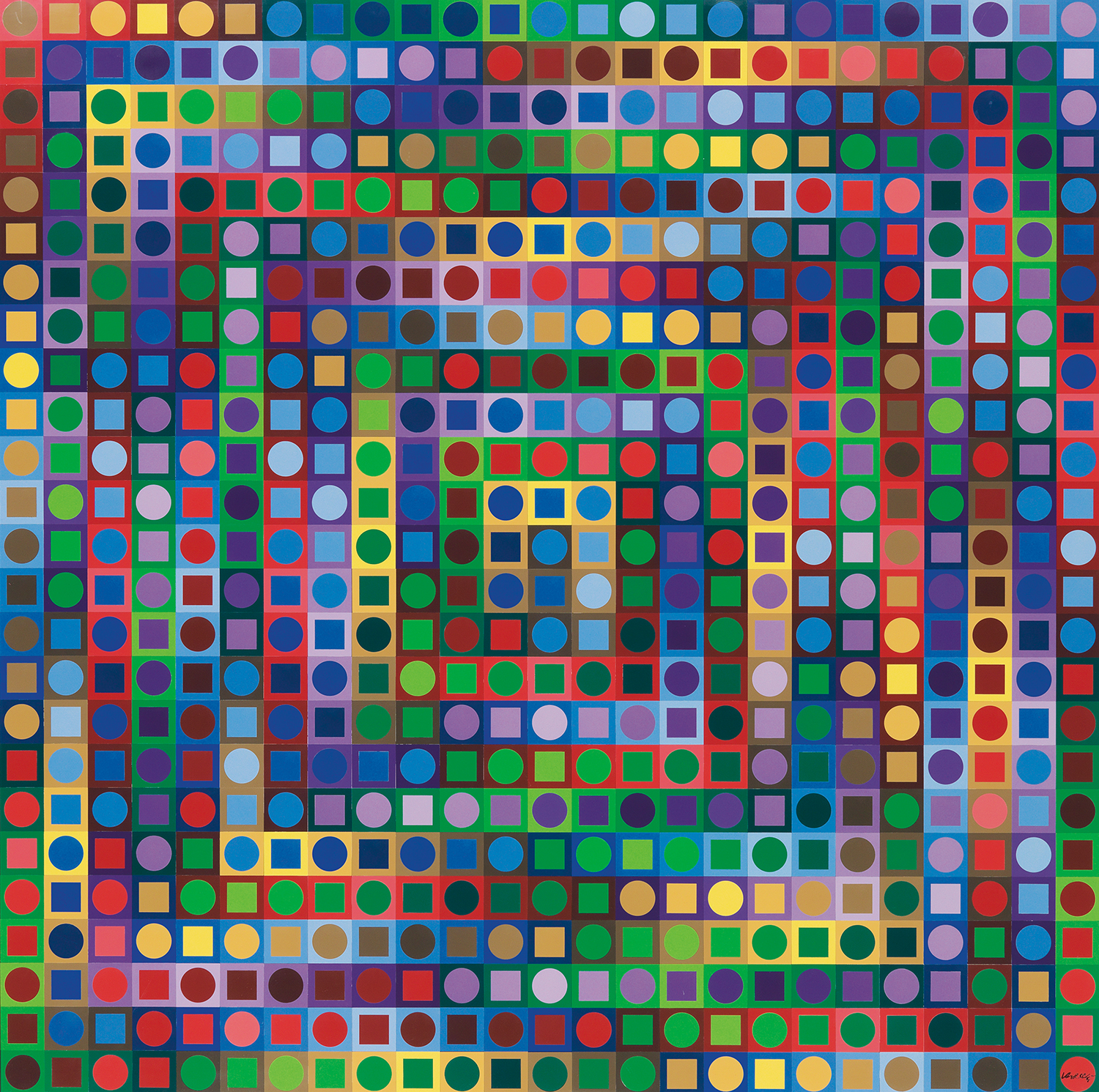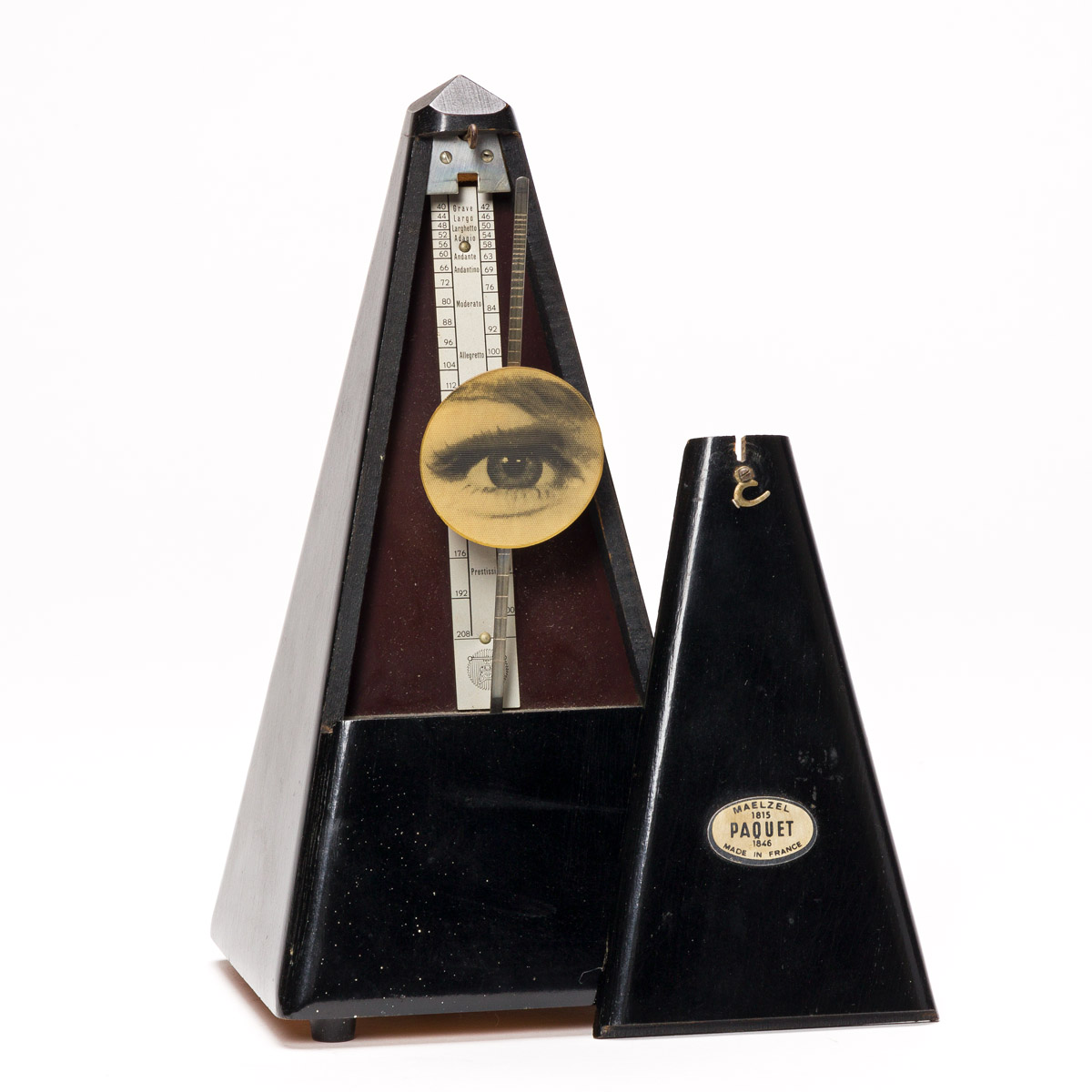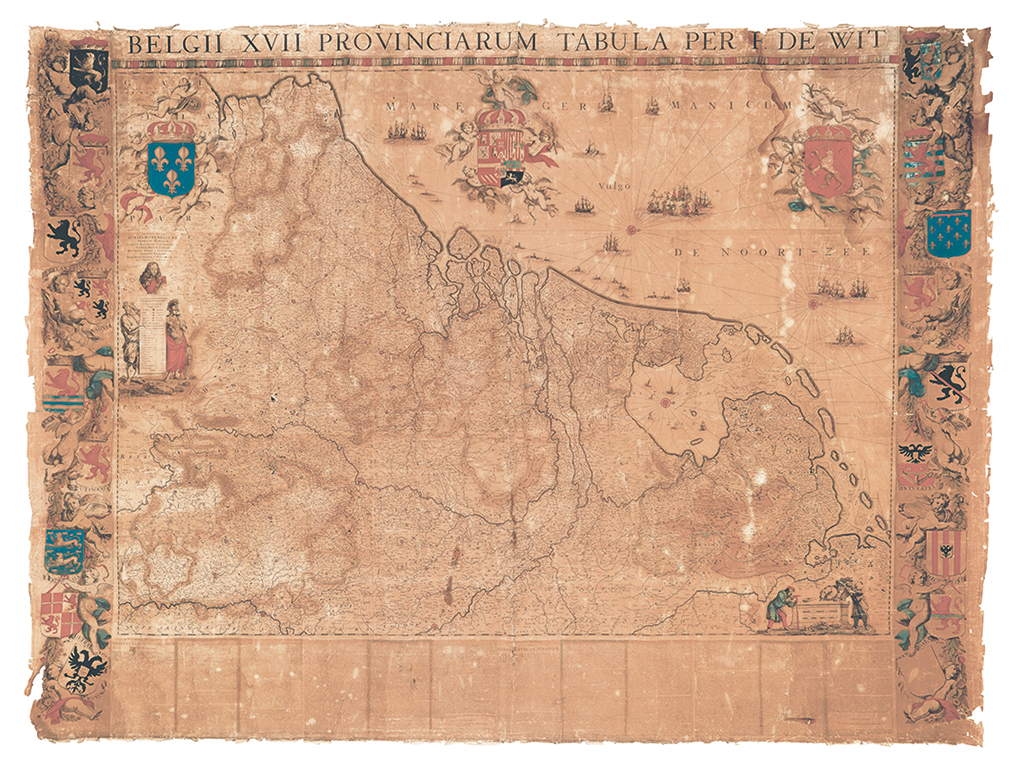Modern Daguerreotypes & More
While we live in a digital age, faced with a tsunami of photographs on all manner of devices, many modern artists have returned to the earliest photographic techniques. These were delicate, time-consuming processes and produced a result that existed as a physical, tangible object. Some of these artists, described as “the antiquarian avant-garde,” are represented in our April 20 auction of Images & Objects: Photographs & Photobooks.
The daguerreotype, developed by Louis Daguerre and unveiled in 1839, was the first reliable photographic process. The Metropolitan Museum of Art describes it thusly: “Each daguerreotype is a remarkably detailed, one-of-a-kind photographic image on a highly polished, silver-plated sheet of copper, sensitized with iodine vapors, exposed in a large box camera, developed in mercury fumes, and stabilized (or fixed) with salt water or ‘hypo’ (sodium thiosulphate).” The result is an extremely fragile image on a silvery background, which changes from positive to negative as you turn it in your hand.
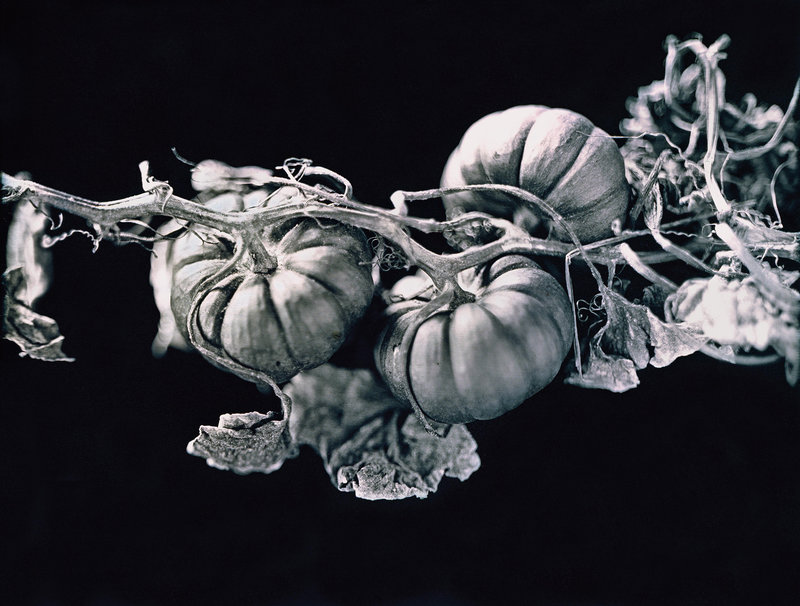
Jerry Spagnoli, Jack-Be-Little Squash, daguerreotype, 2000-15. From Heirloom Harvest.
As M. Mark says in Heirloom Harvest, a recent publication illustrated with daguerreotypes by contemporary photographer Jerry Spagnoli, “The daguerreotype, photography’s original form, has been described as a mirror with a memory, and in fact the technology announced by Louis Daguerre in 1839 depends literally on a mirror. Because the daguerreotype plate is a sheet of copper coated in polished silver, viewers encounter both an image and a virtual image, a doubling that leads to depictions of almost holographic clarity and depth. Holding a daguerreotype in your hands allows you to see the subject–let’s say a cabbage or a peach–in splendid detail, but if you move the plate even slightly, you see instead a reflection of yourself. This is an intensely intimate form of time travel.”
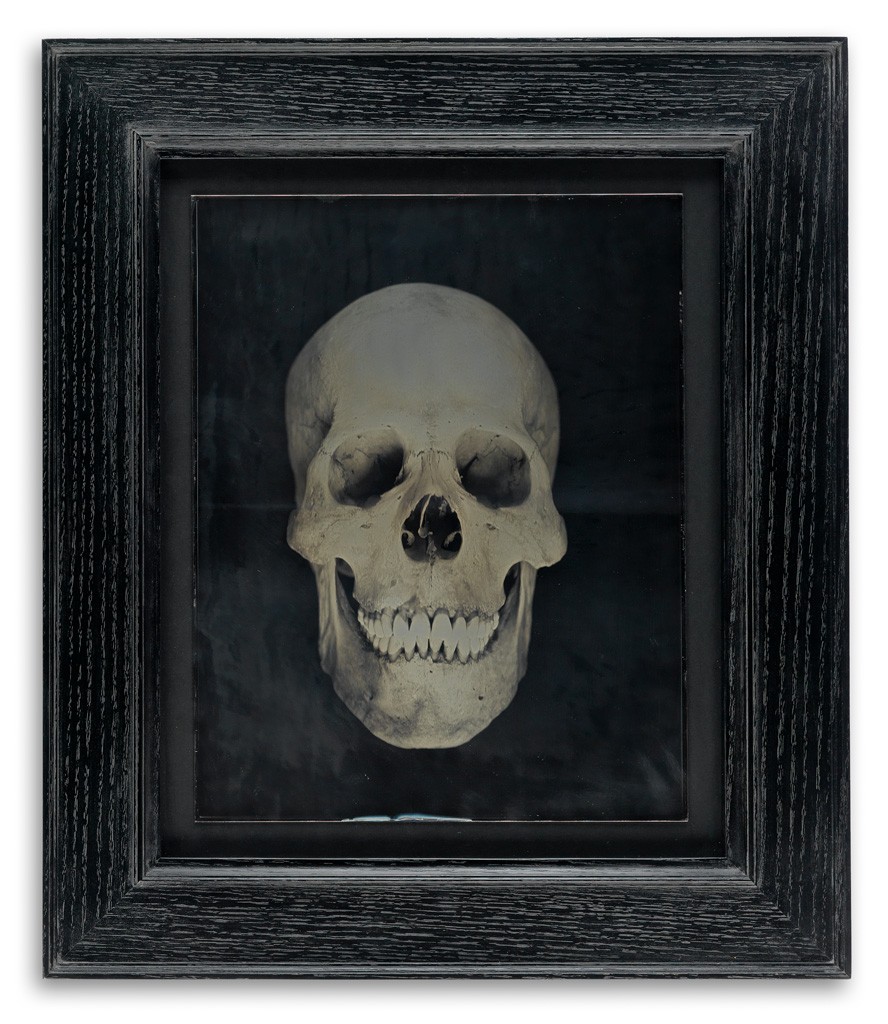
Lot 227: Adam Fuss, Untitled (Human Skull), unique, oversized daguerreotype, 2002. Estimate $15,000 to $25,000.
Adam Fuss is an avid practitioner of the modern daguerreotype. He is invested in pushing the possibilities of the medium, and created the largest daguerreotype ever. He frequently explores timeless themes of birth and death, as seen in Untitled (Human Skull), 2002.
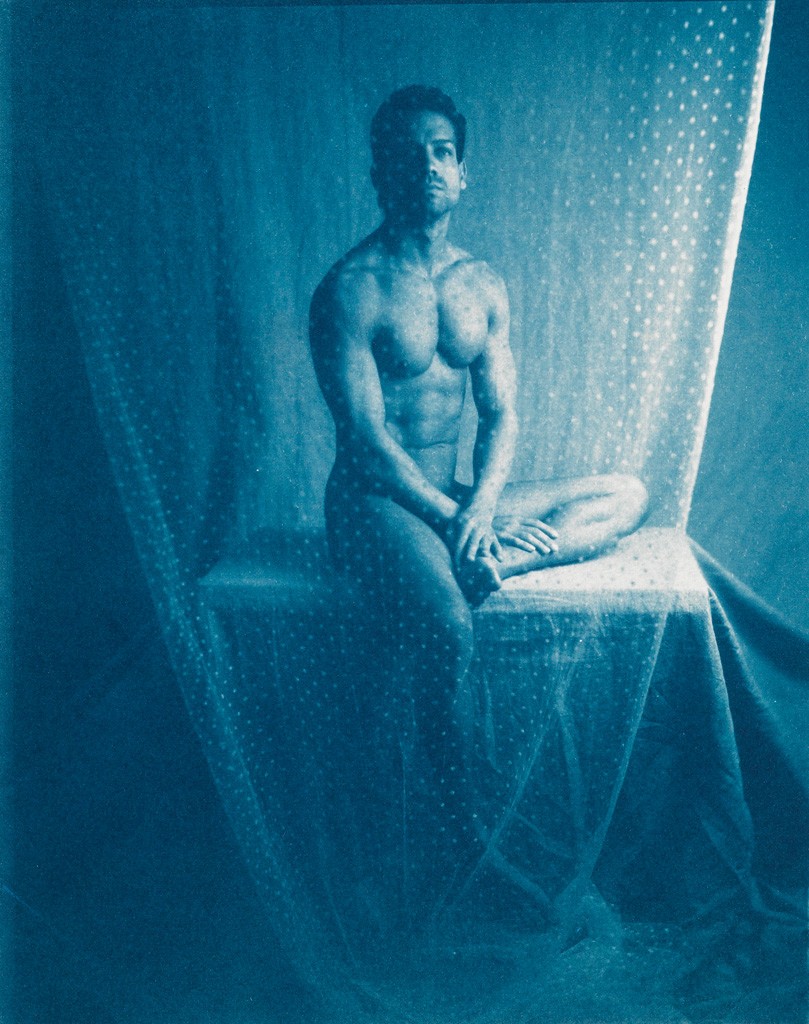
Lot 225: John Dugdale, Giovanni Through Screen, one of three cyanotype prints, 1992-94. Estimate $3,000 to $4,000.
Cyanotypes were developed by English scientist and astronomer Sir John Herschel in 1842. They are named for their vibrant blue color, which is due to a chemical reaction between UV light and ferric ferrocyanide. The process eventually fell out of favor, but has, like the daguerreotype, experienced a resurgence. American artist John Dugdale turned to vintage processes after nearly going blind in the early 1990s. He specializes in traditional compositions with a distinctly modern twist.
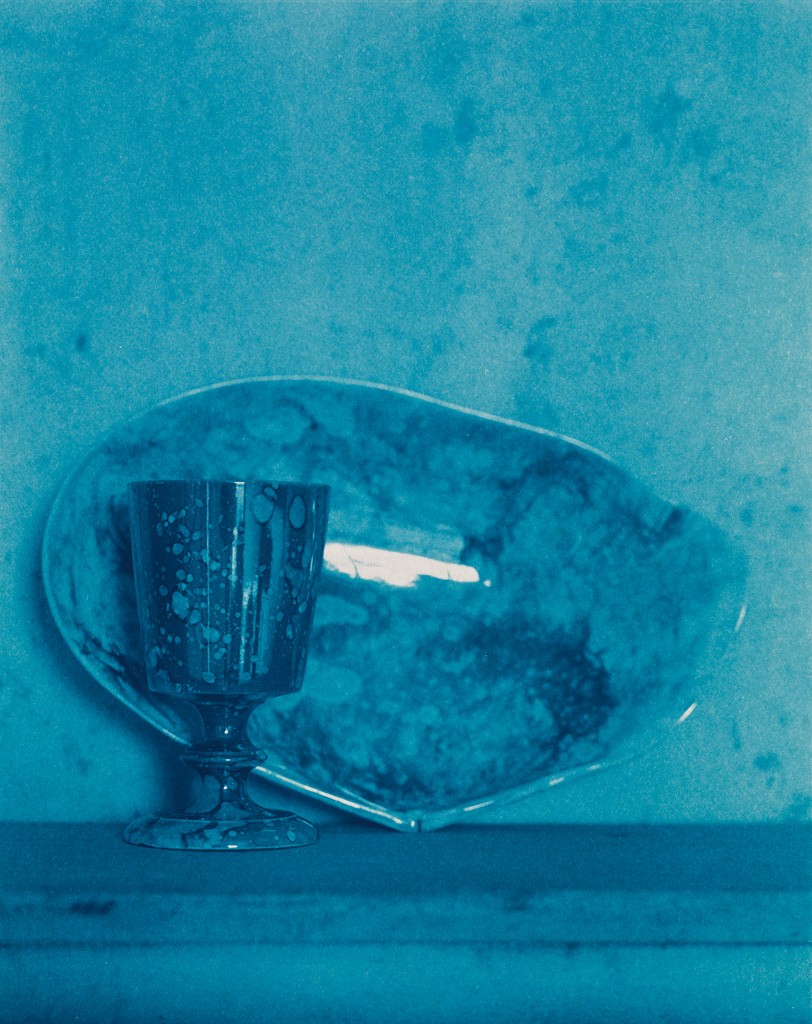
Lot 226: John Dugdale, Pink Spatter Ware, one of three cyanotypes, 1992-94. Estimate $3,000 to $4,000.
The tintype replaced the daguerreotype in the 1860s because it developed much more quickly. A daguerreotype might take several hours to develop, but a tintype could be given to the sitter within minutes. They were especially popular at amusement parks, and because they were more stable, they did not need to be kept under glass. Jayne Hinds Bidaut‘s near-scientific reproductions of animals recall the early use of photographs as a scientific tool.
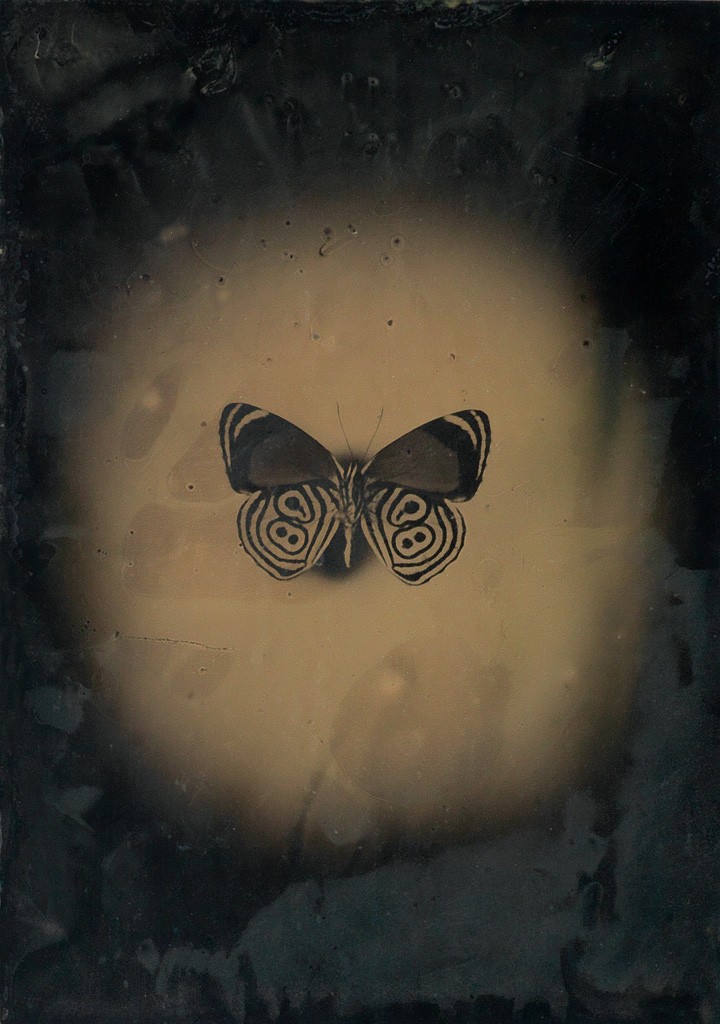
Lot 223: Jayne Hinds Bidaut, Butterfly, Peru (Diaethria ethusa), tintype, 2001. Estimate $600 to $900.
Browse the full catalogue.
